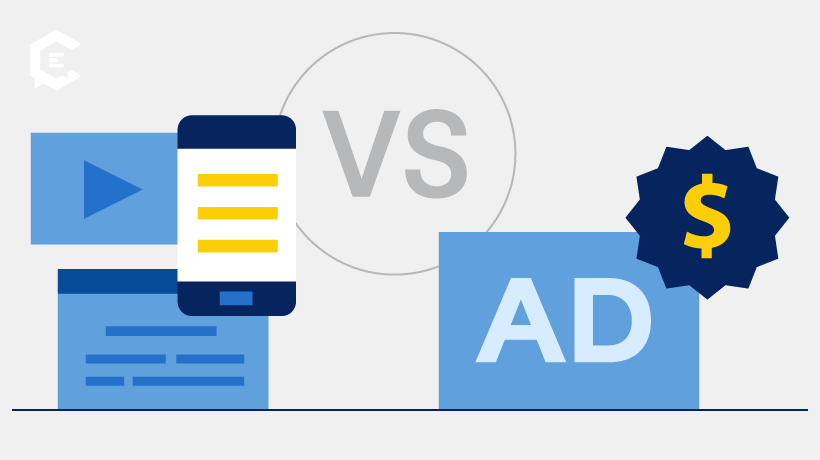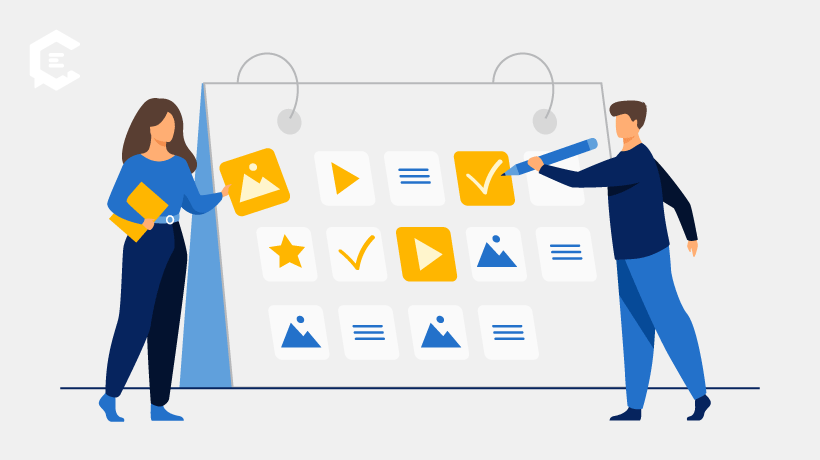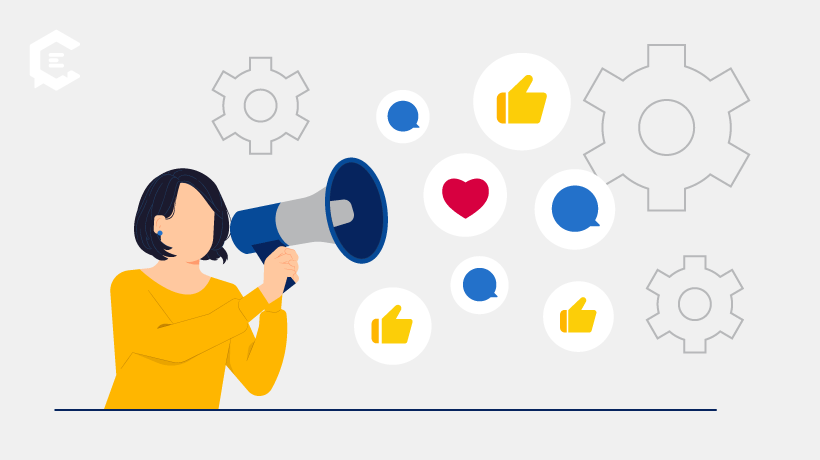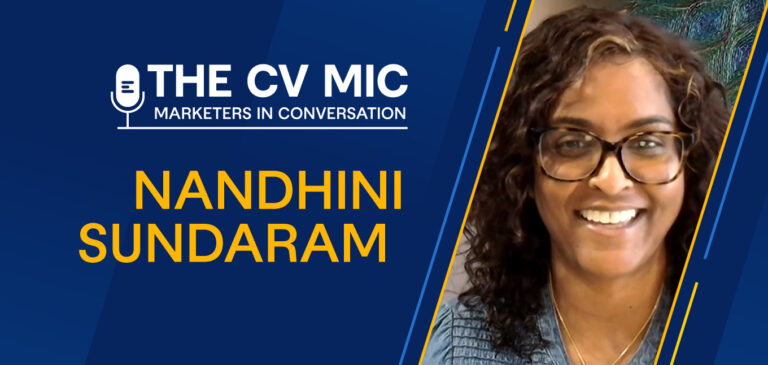What is channel and media planning?
Channel planning, also called media planning, helps you figure out where, when, and how to reach your ideal customers. Instead of throwing your message everywhere and hoping it sticks, you’re making strategic choices about platforms, timing, and tactics that actually work.
The goal? Get your marketing in front of the right people when they’re most likely to pay attention and take action.
Strategic channel planning includes:
- Picking platforms based on real audience data, not just copying what competitors do
- Making sure your message feels consistent across channels while adapting to each platform’s style
- Spending your budget where it’ll have the biggest impact

Paid vs. Owned vs. Earned Media — How They Differ
You’ll work with three main types of media when creating a channel planning strategy, and they’re strongest when used together.
- Paid media includes anything you pay for directly, such as social ads, Google ads, display advertising, and sponsored posts. It’s your fastest way to reach specific audiences, but it stops working the moment you stop paying.
- Owned media covers everything you control. This includes your website, email list, mobile app, and blog. This is where you build lasting relationships with customers and have complete control over the experience.
- Earned media happens when other people talk about you without being paid. Think reviews, social shares, press mentions, and word-of-mouth marketing. It’s valuable because third-party recommendations can often build more trust than your own marketing efforts.
So, how do you integrate three media types into one strategy? Let’s look at an example:
A healthcare technology company might run search ads (paid) that drive people to their website (owned) to download a white paper. Industry professionals who find the content useful might share it on LinkedIn or reference it in their own articles (earned).
Media Planning vs. Media Buying
These terms are often used interchangeably, but they have different jobs.
- Media planning is the process of deciding which channels to use, when to use them, what to say, and how everything fits together. Planners do the research, analyze competitors, and figure out budget allocation.
- Media buying is the execution of media planning. It includes negotiating rates, purchasing placements, managing relationships with platforms, and adjusting campaigns based on performance.
4 Channel and Media Planning Benefits
How will media planning benefit your brand? Here’s a look at the short- and long-term advantages.
1. Maximize Your Marketing Budget Across Channels
Instead of allocating budget to every platform, you’ll invest where your audience actually spends time. This usually means lower customer acquisition costs and better overall reach.
2. Keep Your Messaging Consistent
When someone sees your brand on Instagram, receives your email, and then visits your website, everything should feel connected. Consistent messaging builds stronger brand recognition and makes people more likely to act.
3. Reach the Right People
Even within the same demographic, different people prefer different platforms. Media planning helps you identify where your target audience is most active and engaged. This improves campaign relevance and reduces wasted impressions on audiences unlikely to convert.
4. Prevent Ad Fatigue
Media planning balances reach (how many people see your message) with frequency (how often they see it) based on campaign objectives and audience behavior. This ensures that audiences receive enough exposure to remember your message without experiencing ad fatigue that could harm brand perception.
How to Develop a Channel & Media Plan
Creating a successful media planning strategy means reaching your audience wherever they spend their time online. This channel planning framework breaks the process into manageable steps.
Research Your Target Audience
Start by understanding your audience beyond demographics. You need to know how they behave online and what drives their decisions.
Create audience personas to gain a deeper understanding of how they prefer to receive information and what factors influence their purchasing decisions.
Include the following:
- Media consumption habits and preferred platforms
- Content formats they engage with the most
- Decision-making processes and communication styles
Allocate Your Budget Strategically
Allocate the majority of your budget based on where your audience actually spends time and engages.
Other factors to consider include:
- Minimum investment requirements
- Expected performance metrics
- How each channel fits into your broader strategy
Plan Your Reach and Frequency
Here’s where you decide whether you want to cast a wide net or focus on deeper engagement.
For example, brand awareness campaigns typically prioritize reach — aka getting your message in front of as many people as possible. Conversion-focused campaigns often emphasize frequency to nurture prospects through longer decision processes.
Consider how different channels will help you reach these goals. Some platforms like Facebook and YouTube excel at broad reach, while others like email marketing and retargeting ads provide more intimate, high-frequency ways to reach your audience.
Integrate Content Across Channels
Your content should work together seamlessly. Develop strategies that adapt your core messages for each channel while keeping everything consistent.
For example:
- Publish detailed content, such as white papers, case studies, and ebooks, on owned channels
- Turn key statistics, tips, and company info into Instagram carousel posts and LinkedIn graphics
- Create short video clips for TikTok and YouTube Shorts, highlighting the main points
- Design high-quality visual content to encourage earned media mentions
Let’s say you’re a financial advisor launching a retirement planning service. You could create a comprehensive 401(k) rollover guide on your website (owned channel) that features impactful statistics and helpful information.
Then, you’d take the most important stats and tips from that guide and turn them into an infographic for your email marketing and social media efforts. You might also turn the guide into a short paid video ad for LinkedIn or Instagram. Once personal finance bloggers start referencing your guide online, that’s earned media, completing the cycle.
Optimize Your Campaign Timing
When you launch matters as much as where you launch. Look at when your audience is most active, consider industry cycles, and pay attention to external factors like holidays or major events that might affect performance.
Establish Success Metrics
Define what success looks like for each channel and your overall campaign. These metrics should tie directly to business objectives.
Track key performance indicators like:
- Click-through rates and engagement metrics
- Cost per acquisition and conversion rates
- Brand awareness and reach metrics
- Lead quality and sales attribution
- Return on ad spend (ROAS)
Set up tracking for both leading indicators that predict performance and lagging indicators that measure final outcomes.
Ready to optimize your performance across all media channels through content? Learn how ClearVoice’s managed content solutions can enhance your channel and media planning strategy. Talk to a ClearVoice content specialist today to learn more.





